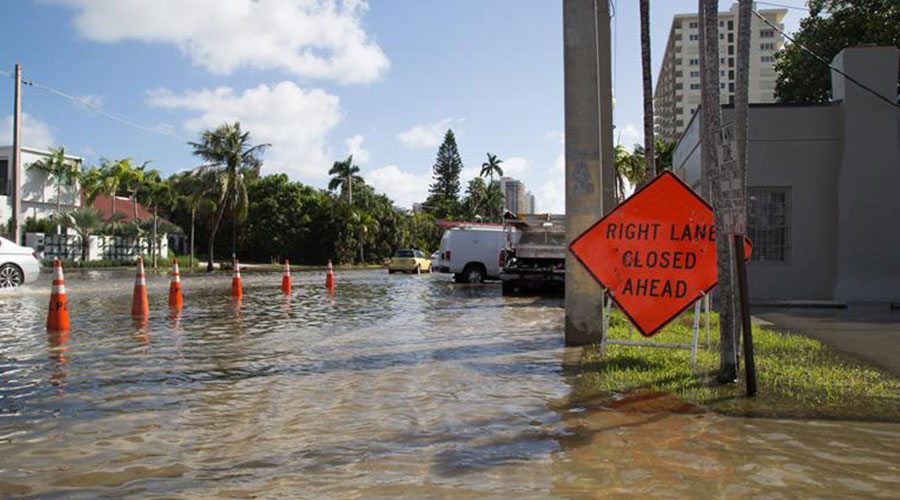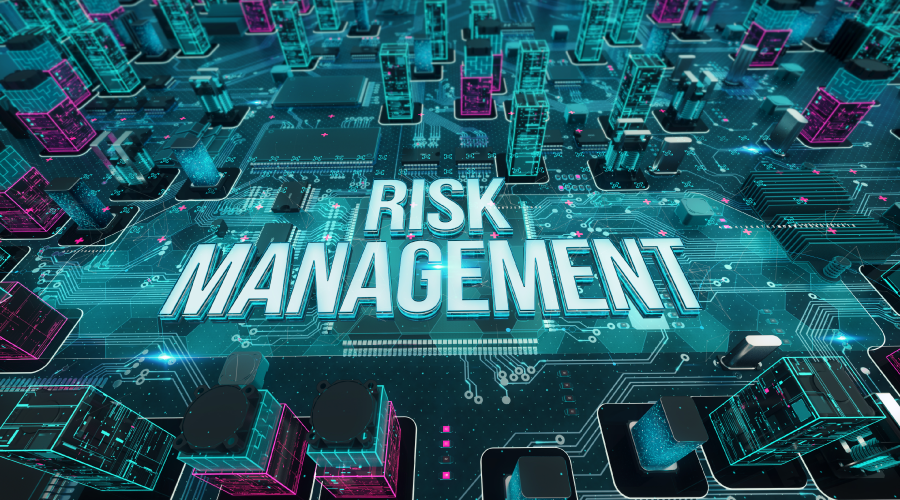Emergency Planning: Conduct a Business Impact Analysis
Whether preparing for capital improvements or preventive maintenance (PM) activities, effective planning is the cornerstone of success for maintenance and engineering managers. Planning for emergencies is no different. A written emergency plan is less important than the process of developing that plan. An emergency plan boils down to five areas:
- defining possible emergencies
- ensuring proper buy-in and budgeting
- identifying staff roles and duties
- procuring equipment and materials
- ensuring training and communication.
Defining the Possibilities
Based on history and location, most emergencies managers need to consider are fairly easy to predict. Hurricanes are normal occurrences on the East Coast, earthquakes are more prevalent on the West Coast, and it is not uncommon to see tornados in the Midwest. By starting with seasonal and geographic history, managers can identify the greatest risks.
While not every emergency is predictable, managers can cover their bases for unusual events by having a plan in place that addresses predictable events, such as fires, chemical spills, and power outages.
Buy-In and Budgeting
A successful emergency plan requires support from the organization's highest levels. But too often, good intentions related to emergency planning fail due to a lack of support from top executives. One strategy to get executives on board is to promote the effort as a business continuity program (BCP), which speaks more to the loss of revenue from an emergency. It forces executives to realize the risk of not preparing properly.
Conducting a business impact analysis (BIA) is a standard process for determining the financial impact of lost business. The Federal Emergency Management Agency (FEMA) website provides a template and instructions for conducting a BIA.
A typical maintenance budget covers PM and repairs to buildings. But after an emergency, these assets might need unexpected repairs or replacement. Technicians play key roles in documenting the degradation or loss of assets for insurance purposes. Managers should work closely with the risk-management department to document losses and find replacements.
Related Topics:














